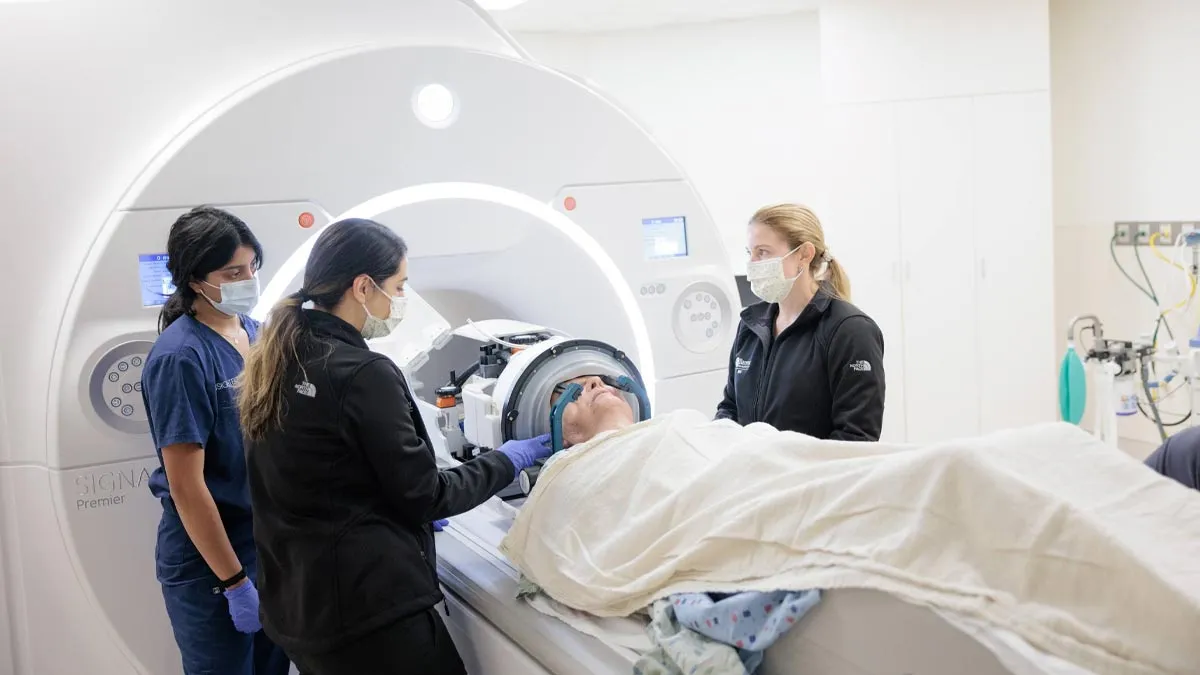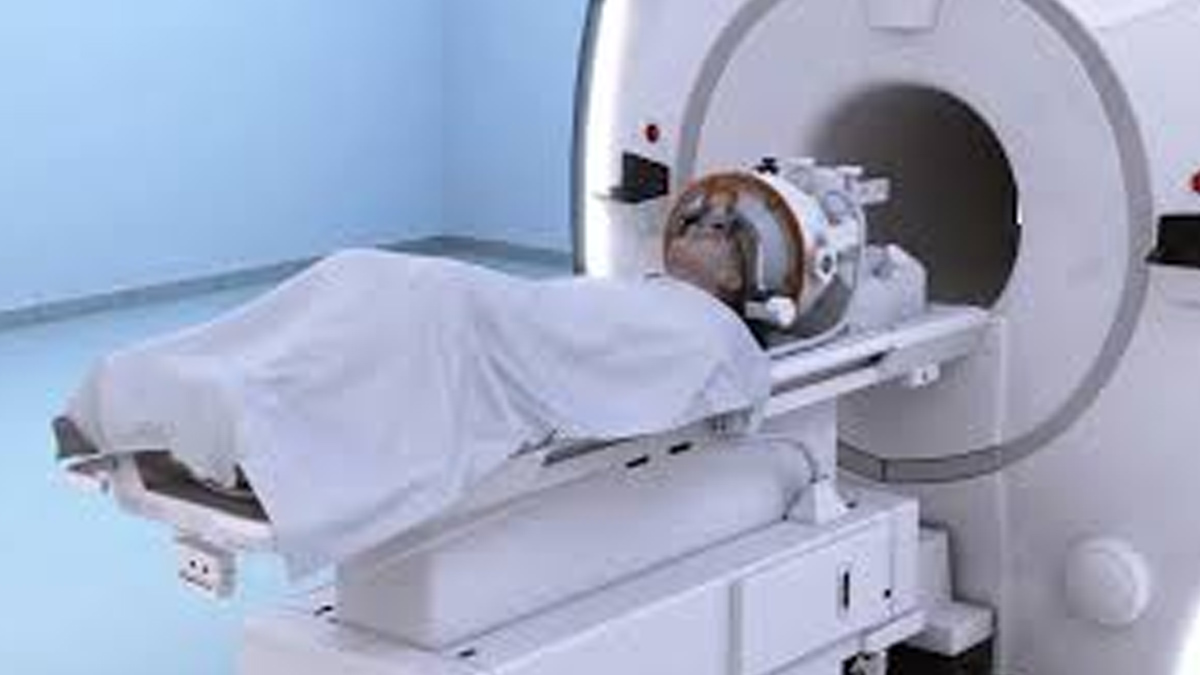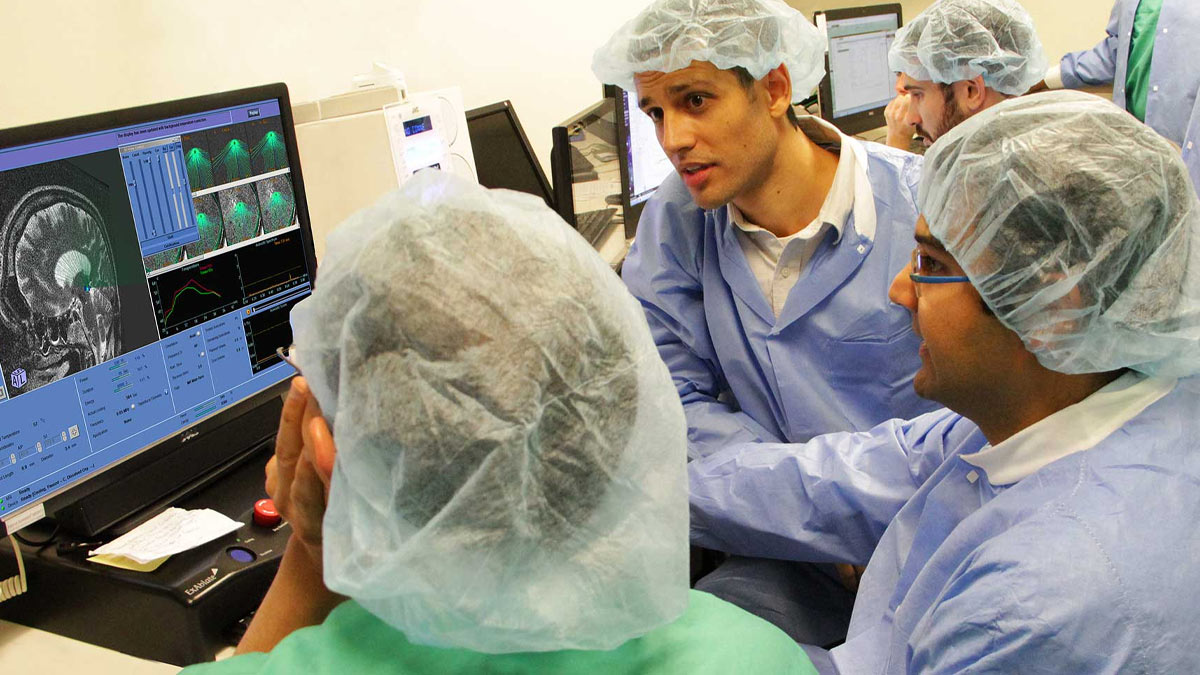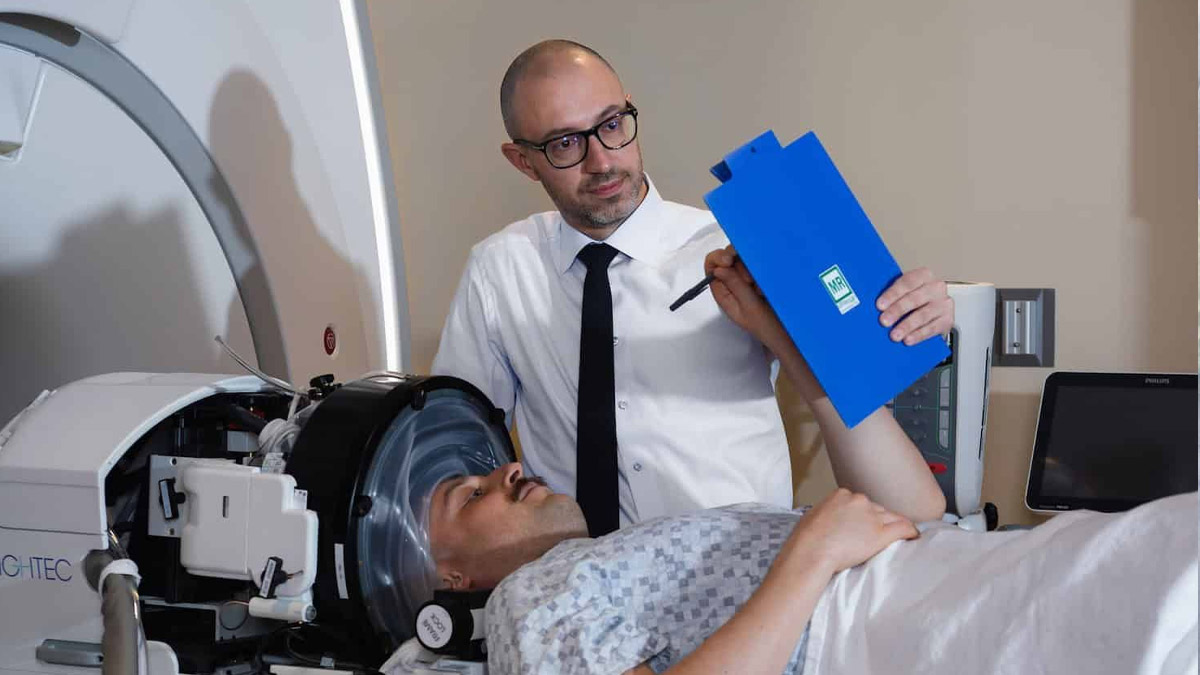
In the evolving landscape of medical advancements, focused ultrasound has emerged as a groundbreaking, non-invasive therapy for neurological disorders. This technique, particularly when guided by magnetic resonance imaging (MRI), offers new hope for patients suffering from tremors and epilepsy. Unlike traditional surgical interventions, focused ultrasound provides an incision-free approach, significantly reducing risks and recovery time.
Table of Content:-
Understanding Focused Ultrasound Therapy
Focused ultrasound therapy utilises sound wave energy to precisely target and treat specific areas of the brain. The procedure involves over 1,000 ultrasound beams converging on a single point, generating heat that destroys abnormal tissue without affecting the surrounding areas. MRI guidance enhances accuracy, allowing physicians to monitor treatment in real-time and make necessary adjustments.

This innovative approach has been approved by the U.S. Food and Drug Administration (FDA) for essential tremors and tremor-dominant Parkinson’s disease, particularly in cases where medication fails to provide relief. Additionally, researchers are exploring its potential for treating epileptic seizures, multiple sclerosis-related tremors, brain tumors, and even neuropathic pain.
Also Read: Surge In Multidrug-Resistant TB Among Children Sparks Global Health Alarm
How Focused Ultrasound Reduces Tremors
For patients with essential tremors and Parkinson’s disease, focused ultrasound targets the thalamus, a critical relay station in the brain responsible for motor and sensory signals. Neurological disorders disrupt the thalamic circuitry, leading to uncontrollable tremors. By creating a small lesion in the affected area, focused ultrasound therapy restores normal function, effectively reducing or eliminating tremors. The procedure provides an immediate response, allowing doctors to assess its effectiveness in real time.

Benefits of Focused Ultrasound Therapy
Compared to traditional brain surgeries like deep brain stimulation (DBS), focused ultrasound therapy offers numerous advantages:
- Non-Invasive: No incisions, skull perforations, or hardware implantation are required.
- Minimal Risks: The procedure eliminates the risks of infections, bleeding, or complications associated with open surgeries.
- No Radiation or Anesthesia: Unlike other brain treatments, focused ultrasound does not involve radiation exposure or general anesthesia, making it safer for elderly or high-risk patients.
- Real-Time Monitoring: Physicians can immediately evaluate the impact of the procedure and adjust as needed, ensuring optimal outcomes.
- Shorter Recovery Period: Patients typically experience relief from tremors shortly after treatment and can return to normal activities within days.
Potential for Epilepsy Treatment
Epilepsy, a neurological condition characterised by recurrent seizures, often proves resistant to medications. While deep brain stimulation and resective surgery are available options, they carry significant risks and may not be suitable for all patients. Focused ultrasound therapy presents a promising alternative for individuals with drug-resistant epilepsy. By targeting seizure-triggering areas in the brain, the therapy could offer long-term seizure control without the complications of invasive procedures.
Also Read: Surge In Multidrug-Resistant TB Among Children Sparks Global Health Alarm
Insights from Dr Mahendra Bhandari
Dr Mahendra Bhandari, Director of Robotic Surgery Education & Research and CEO of the Vattikuti Foundation, highlights the growing preference for non-invasive treatments. According to him, while deep brain stimulation has been performed on millions of patients, it remains a high-risk and expensive option. Moreover, approximately 50% of patients on medication experience drug resistance, yet they are often unaware of alternative treatments like focused ultrasound.

Dr Bhandari also emphasises that the potential applications of focused ultrasound extend far beyond tremors and epilepsy. He envisions its use in treating addiction, obesity, and even alcohol dependence, offering hope for addressing widespread public health concerns.
Possible Side Effects and Risks
Although focused ultrasound therapy is largely safe, patients may experience temporary side effects such as nausea, headaches, balance issues, and mild tingling sensations in the fingertips or lips. In rare cases, long-term complications like persistent muscle weakness or sensory loss may occur. Additionally, some patients may find that their tremors return months or years after treatment.
Bottomline
The medical community is optimistic about expanding the scope of focused ultrasound beyond tremors and epilepsy. Ongoing research aims to explore its efficacy in treating addiction, psychiatric disorders, and even chronic pain. As technology advances, focused ultrasound therapy could revolutionise neurological treatment, offering a safer, non-invasive alternative for various conditions. For individuals struggling with medication-resistant tremors or epilepsy, this cutting-edge therapy provides a beacon of hope, ushering in a new era of precision medicine and improved quality of life.
Also watch this video
How we keep this article up to date:
We work with experts and keep a close eye on the latest in health and wellness. Whenever there is a new research or helpful information, we update our articles with accurate and useful advice.
Current Version